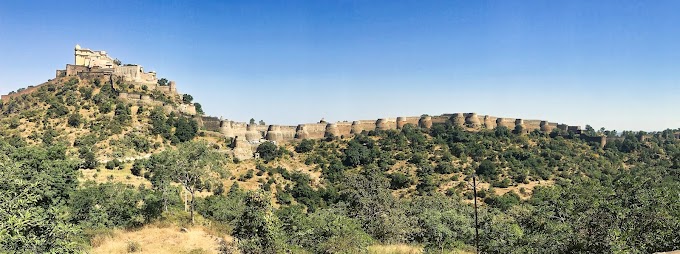Based on the research found here: at BFRO.NET
When it comes to Sasquatch footprints, one of the most distinctive characteristics is their unique shape, especially the width at the ball of the foot. Unlike human feet, Sasquatch footprints show a disproportionate width, more akin to the foot of a human infant. This width varies more during walking than the length does due to lateral expansion on different surfaces. However, it's challenging to account for this variability in measurements.
Foot Width Statistics
Based on collected data from 438 Sasquatch footprints, the footprint width ranges from 3 to 13.5 inches (7.6–34.3 cm), with a mean of 7.2 inches (18.3 cm). The median width is 7 inches (17.8 cm), with a standard deviation of 1.69 inches (4.29 cm), showing notable variation in the data.
Foot width can be represented in terms of a width index—the ratio of foot width to length. On average, Sasquatch footprints have a width index of 0.46, meaning that the width increases more slowly than the length as the foot grows. For comparison, human feet, studied over a range of 6 to 12 inches (15.2–30.5 cm), show a more pronounced narrowing of the foot as length increases, with Sasquatch footprints having a generally greater width index.
This data shows that Sasquatch footprints exhibit considerable variation, possibly due to factors such as sexual dimorphism (differences between male and female feet). For instance, the famous "Patterson film" Sasquatch footprint has a width index of 0.41, similar to that of a human infant (0.43), suggesting that the feet of female Sasquatches may be narrower than those of males.
Heel Width and Weight Distribution
Heel width is another key area of interest when studying Sasquatch footprints. The collected heel widths (123 samples) range from 1.5 to 9 inches (3.8–22.9 cm), with a mean of 4.83 inches (12.3 cm) and a median of 5 inches (12.7 cm). Just like the ball of the foot, the heel does not grow proportionally with the length of the foot. Instead, it lags behind, similar to what we see in human feet.
Interestingly, Sasquatch seems to rely less on the heel when walking, compared to humans. Humans tend to plant their heels first when stepping, rolling the foot forward to push off. In contrast, Sasquatch footprints suggest that more weight is placed on the broad anterior part of the foot, past the metatarsal hinge. Some reports even describe a "slapping" sound when the Sasquatch foot makes contact with the ground, which supports the idea that Sasquatch walks differently from humans.
In some observed footprints, the shape changes when the Sasquatch runs. During walking, the footprint is more typical, but when running, the footprint becomes rounder, with only the anterior part of the foot contacting the ground, while the heel doesn't touch at all.
Conclusion: How Sasquatch Feet Differ from Human Feet
Sasquatch footprints exhibit several unique characteristics that set them apart from human feet. The wider ball of the foot and less reliance on the heel for weight-bearing suggest a different style of walking. While human feet narrow as they grow longer, Sasquatch feet maintain a wider profile. Whether these differences are due to biomechanical adaptations, sexual dimorphism, or other factors, they certainly paint a picture of a creature with feet designed for strength and mobility on varied terrain.
As we continue to gather and analyze data on Sasquatch footprints, we learn more about the physical characteristics of this elusive creature. Whether or not Sasquatch is real, the study of these footprints offers intriguing insights into how foot structure relates to movement and weight distribution in larger, bipedal animals.






0 Comments